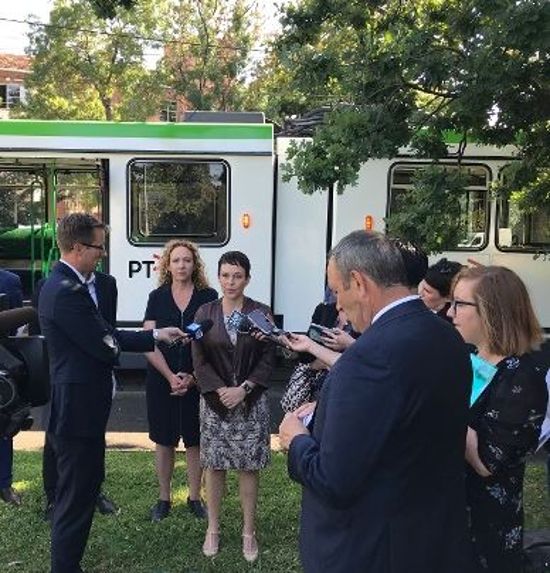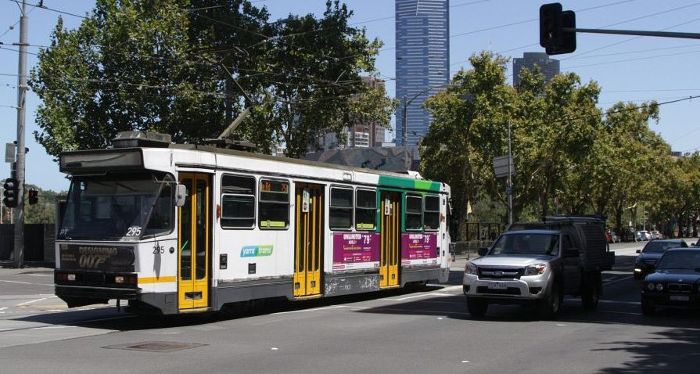The Australian Road Research Board (ARRB) is managing a new trial of cooperative intelligent transport system (C-ITS) technology, using vehicle-to-infrastructure (V2I) communications to help Melbourne’s trams and road traffic run smoother.
Part of the State of Victoria Government’s Smarter Journeys program, the ARRB has been commissioned by VicRoads to coordinate the trial, working alongside Public Transport Victoria, Yarra Trams and La Trobe University.
 The two-stage trial will test the use of a variable traffic light priority system that involves GPS technology tracking the position of a tram and taking into account real-time road conditions in determining signal timings. It means priority will be given to whichever mode of transportation needs it most, whether that is a tram approaching the intersection or drivers, pedestrians and cyclists. Currently, detectors in the pavement detect when trams arrive at an intersection and they are automatically given priority in traffic light sequencing.
The two-stage trial will test the use of a variable traffic light priority system that involves GPS technology tracking the position of a tram and taking into account real-time road conditions in determining signal timings. It means priority will be given to whichever mode of transportation needs it most, whether that is a tram approaching the intersection or drivers, pedestrians and cyclists. Currently, detectors in the pavement detect when trams arrive at an intersection and they are automatically given priority in traffic light sequencing.
Under the trial, if a tram is delayed or running behind schedule, it will be given priority at traffic lights. However, if a tram is running on time or ahead of schedule, the tram will not be given priority, meaning that other road users will not be stopped to make way for a tram that is already running on time.
The trial aims to reduce congestion for road users and make tram rides more reliable for passengers. The trial has been rolled out on just one tram route initially, Route 75 from Docklands to Vermont South, which will have 25 trams fitted with the C-ITS technology. The system will connect with VicRoads’s existing road management system, while also providing a link into Yarra Trams’ operations center.
 The tram line for the trial runs down regular Melbourne congestion hotspots Toorak Road and Burwood Highway. The pilot project has two phases:
The tram line for the trial runs down regular Melbourne congestion hotspots Toorak Road and Burwood Highway. The pilot project has two phases:
- Phase one will involve testing the technology against the tram schedule to see whether the technology works in the field and whether it implements priority in an efficient manner;
- Phase two of the trial will examine a free running option by not adhering to a tram schedule, to confirm if the technology can be used to provide faster travel times along the route in a balanced manner.
Once the trial is complete, ARRB will report back to VicRoads with detailed findings so it can be determined whether it is an effective solution to be rolled out more broadly across Melbourne’s tram network. ARRB, which has its head office in Melbourne, has previously worked with the Victorian government, VicRoads and La Trobe University on a trial of connected and automated vehicles on the city’s EastLink tollway.
“We’re constantly looking for new ways to make our roads and public transport services safer and easier to use for all Victorians,” explained Victoria’s Minister for Roads Jaala Pulford. “Improving the flow of trams at intersections will make services more reliable and reduce congestion on our roads, helping everyone to get where they need to go sooner.”
VicRoads’ director of network performance and improvement, Brian Fletcher, commented, “We’re really excited to see how this technology performs in a real-life, operational setting and whether it could be rolled out more broadly to improve travel times and overall network performance.”






